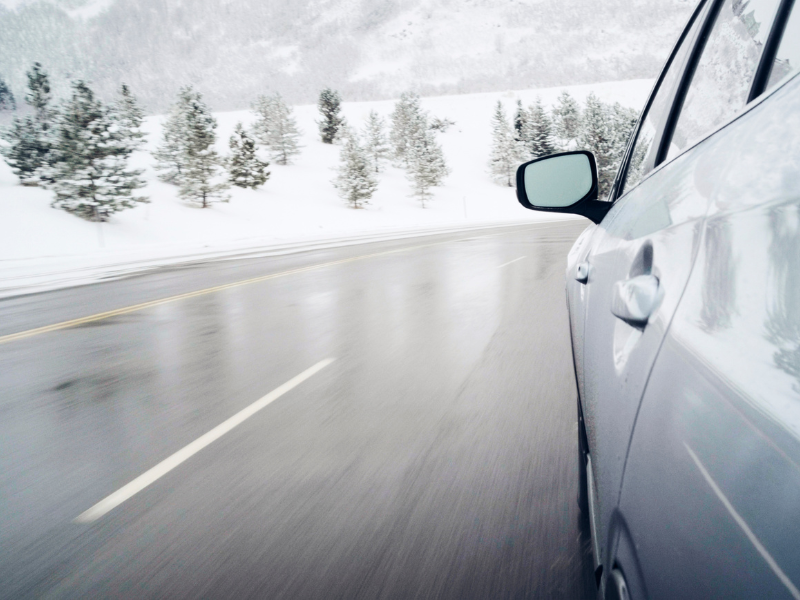Regularly check and top up your vehicle fluid levels. This may include brake fluid, power steering fluid, engine coolant and oil levels, wiper washer fluid and automatic transition fluid (if your vehicle has an automatic gearbox).
Antifreeze is also essential during the winter months as it keeps your vehicle’s engine running smoothly and from freezing. It also protects against corrosion and prevents scale building up. When topping up or replacing antifreeze, use the product recommended by the vehicle manufacturer or a similar product that meets the required specifications set by them. It’s important to make sure that it’s diluted to the correct mix with good quality water. If you don’t use antifreeze, your vehicle can suffer serious damage if the water freezes or overheats. Also, top up only when the engine is cold!
